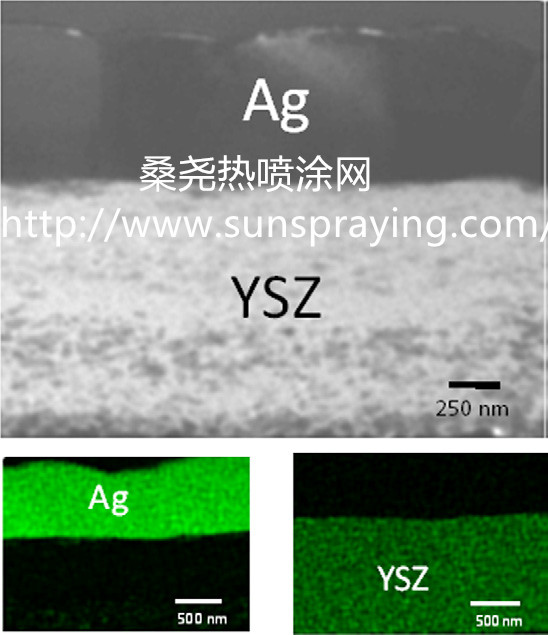Adaptive nanocomposites, or chameleon coatings, automatically adjust their surface composition and structure in response to changes in the ambient environment. For example, nanocrystalline /amorphous composites offer a promising solution for future aerospace tribology applications that demand low friction, low wear, and fracture resistance properties. These materials often employ multiple mechanisms to achieve effective adaptation over broad ranges of ambient conditions. For high-temperature materials applications, exploring mechanisms for thermal conductivity adaptation is also beneficial. In this case a temperature-actuated change in composition restricts heat flow from the coating surface, thereby protecting the mechanical properties of the substrate. The transformation can occur via collective diffusion of nanoscopic volumes of noble metal (embedded within a ceramic matrix) to the coating surface. This diffusion mechanism, utilizing gold (Au) and Ag incorporated into YSZ coatings, has proven to be useful for adaptive lubrication from 100 to 500 ℃ . A study of YSZ–Ag composites showed that migration of Ag from a composite matrix to the coating surface leaves voids within the matrix. This automatic mechanism for producing controlled porosity in composite ceramic coatings can be exploited to provide a useful reduction in the thermal conductivity of the coated surface. Selection of the thin-film-deposition parameters to tailor the grain size of the Ag inclusions can provide control over the distribution of pore size and volume fraction within the matrix. While porosity (induced by Ag migration during heating) is expected to reduce the thermal conductivity, it has been shown that grain growth of zirconia after exposure to high temperatures increases the thermal conductivity. This enhancement of thermal transport is the result of decreased grain-boundary density, which, in turn, reduces phonon scattering. Therefore, thermal conductivity changes in chameleon coatings are anticipated to be the result of competing effects from grain growth and porosity formation.

本文由桑尧热喷涂网收集整理。本站文章未经允许不得转载;如欲转载请注明出处,北京桑尧科技开发有限公司网址:http://www.sunspraying.com/
|

